The Meat Processing Equipment Market is currently characterized by a dynamic competitive landscape, driven by technological advancements, increasing demand for processed meat products, and a growing emphasis on food safety and sustainability. Major players such as Marel (IS), JBT Corporation (US), and Bühler (CH) are strategically positioned to leverage these trends. Marel (IS) focuses on innovation in automation and digital solutions, enhancing operational efficiency for meat processors. JBT Corporation (US) emphasizes its commitment to sustainability through energy-efficient equipment, while Bühler (CH) is expanding its portfolio to include advanced processing technologies that cater to evolving consumer preferences. Collectively, these strategies contribute to a competitive environment that prioritizes technological integration and sustainability.
In terms of business tactics, companies are increasingly localizing manufacturing to reduce lead times and optimize supply chains. The Meat Processing Equipment Market appears moderately fragmented, with a mix of established players and emerging companies. The collective influence of key players shapes market dynamics, as they engage in strategic partnerships and collaborations to enhance their market presence and operational capabilities.
In August 2025, Marel (IS) announced the launch of its new automated meat processing line, which integrates AI-driven quality control systems. This strategic move is significant as it not only enhances product quality but also reduces labor costs, positioning Marel as a leader in the automation of meat processing. The introduction of such advanced technology is likely to attract processors looking to improve efficiency and product consistency.
In September 2025, JBT Corporation (US) unveiled its latest line of energy-efficient meat processing equipment, designed to minimize environmental impact. This initiative aligns with the growing demand for sustainable practices in the food industry. By prioritizing energy efficiency, JBT Corporation (US) not only meets regulatory requirements but also appeals to environmentally conscious consumers, thereby enhancing its competitive edge.
In July 2025, Bühler (CH) entered a strategic partnership with a leading food technology firm to develop innovative meat processing solutions that incorporate plant-based alternatives. This collaboration reflects a broader trend towards diversification in product offerings, catering to the rising consumer interest in plant-based diets. Such strategic alliances are likely to position Bühler favorably in a market that is increasingly shifting towards alternative protein sources.
As of October 2025, the Meat Processing Equipment Market is witnessing trends such as digitalization, sustainability, and the integration of artificial intelligence. These trends are reshaping competitive dynamics, as companies seek to differentiate themselves through innovative solutions rather than price competition. Strategic alliances are becoming increasingly important, enabling firms to pool resources and expertise. Looking ahead, competitive differentiation will likely evolve, with a stronger focus on technology, sustainability, and supply chain reliability, as companies adapt to changing consumer preferences and regulatory landscapes.


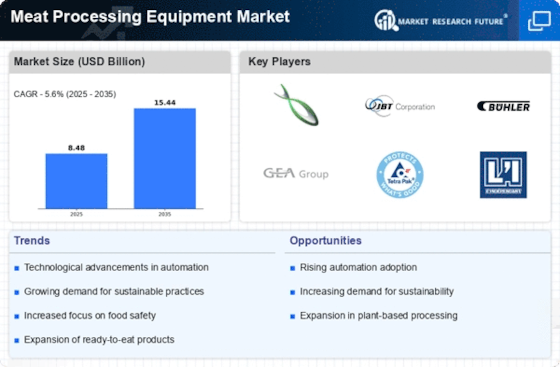
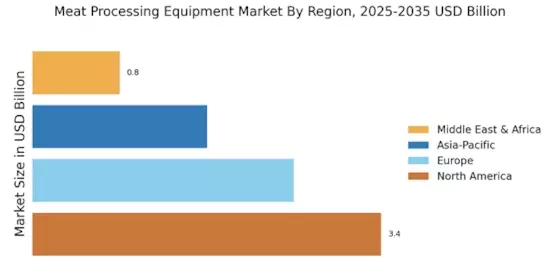
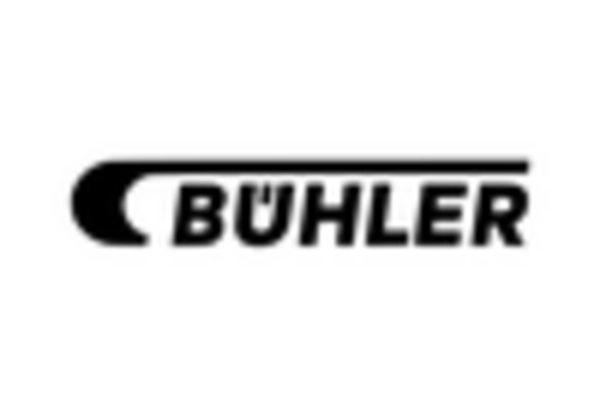
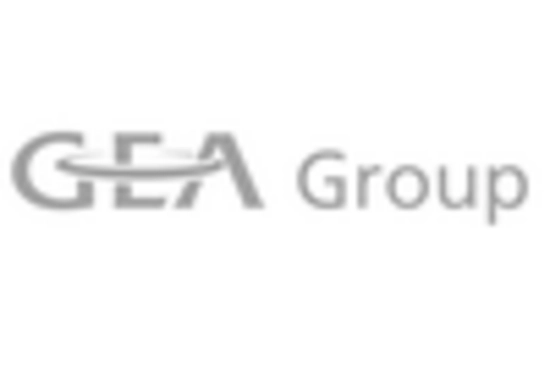
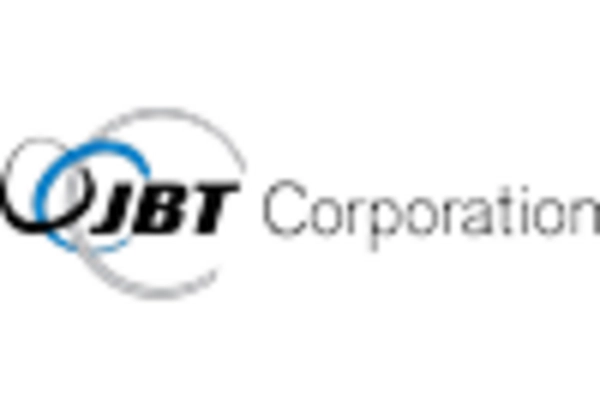











Leave a Comment